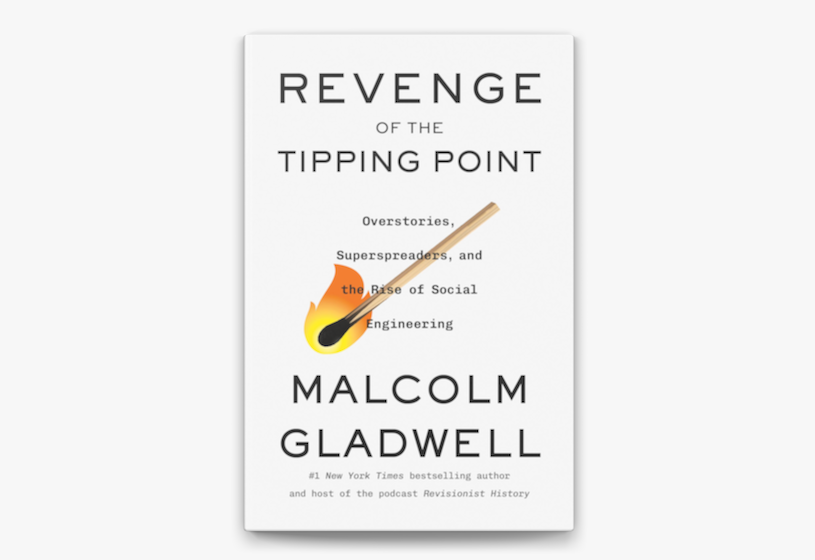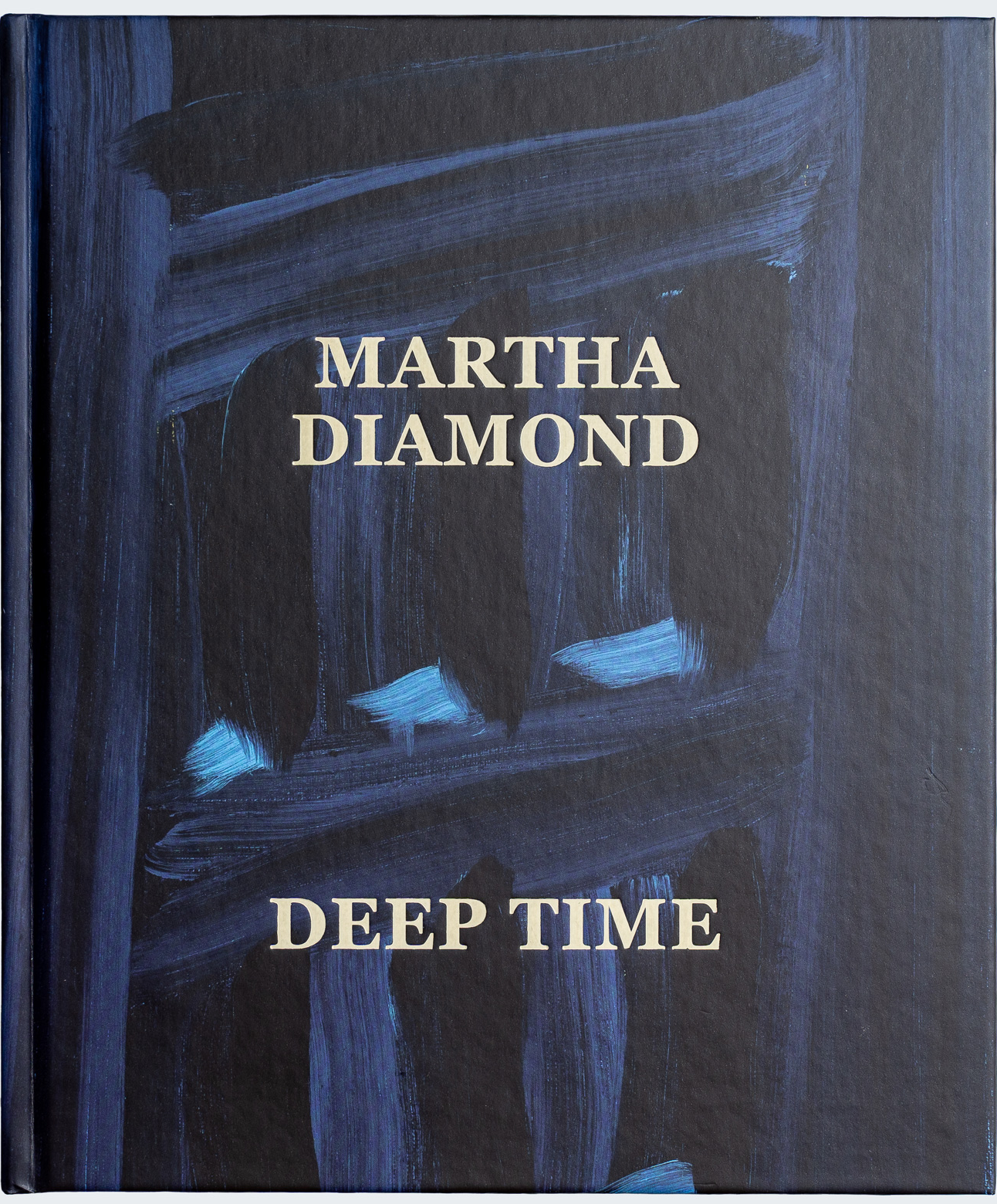EVERYONE SHOULD HAVE A FAVORITE California freeway. Mine is Interstate 280, the scenic route from San Francisco to San Jose, not so much because it’s well engineered or beautiful, although it is, but because to drive it is to experience repeated warps in time.
First there are the rolling hills of the San Francisco Peninsula, their grassy slopes dotted with live oaks and grazing horses — a pastoral vision that’s punctuated by a two-mile-long atom smasher that passes beneath the roadway and by a radio-telescope with a huge dish aimed heavenward in the search for alien civilizations. Then the land flattens out and the traffic pours headlong into the 40-mile swath of shopping centers, industrial parks, ranch houses and condos known as Silicon Valley. A hundred years ago this area was covered with orchards and vineyards; virtually all that remains today is a 160-room Victorian farmhouse that sticks out amid the suburban sprawl of Silicon Valley like some kind of pathologically overgrown Addams Family house plunked down in the midst of a Steven Spielberg movie.

Photo: Terrence McCarthy

 July 12, 1987
July 12, 1987





